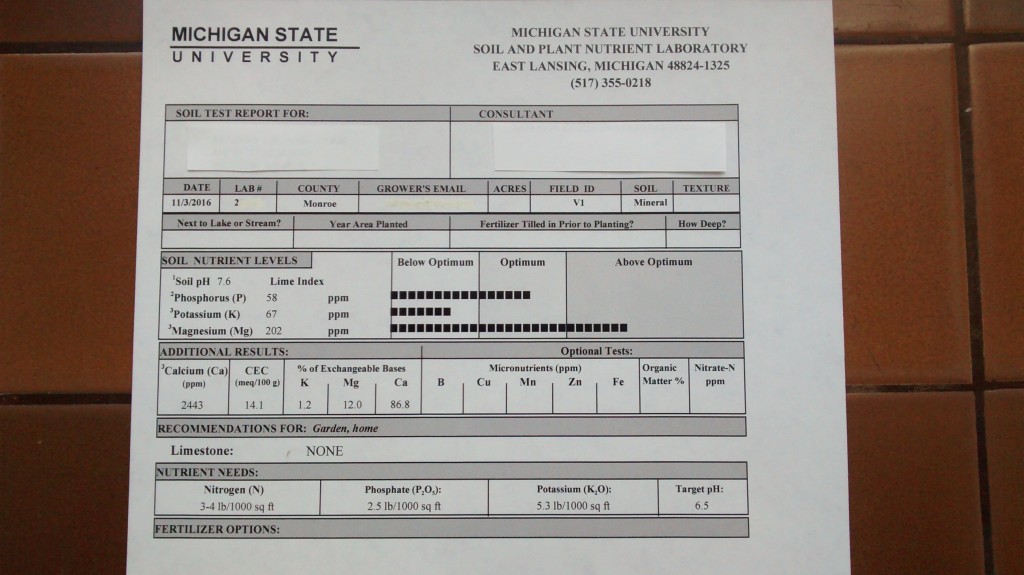If you enjoy regularly using your fireplace or wood stove, you know that a fair amount of wood ashes can be accumulated over a heating season. Under the right circumstances, those ashes can be an excellent fertilizer for your garden.
Wood ashes contain about ten percent potassium, one of the three major elements needed by plants to grow and survive. That is a relatively high percentage of potassium for a no-cost,naturally occurring material that is easily available. It doesn’t need to be mined from the ground, packed and shipped long distances to a garden center.
Many natural sources of potassium like greensand release their nutrients very slowly over a period of moths or years. Wood ash potassium is in a form that is very water soluble making it immediately available for plants to use. Because of this high solubility, potassium is quickly lost if the ashes are stored where it can be rained on. The rain water essentially washes away the potassium, so it’s important to store ashes in a dry area.
Calcium, at about sixty percent, is the other major constituent of ashes. It is in the form of calcium carbonate, the same compound that makes up agricultural limestone. When soil pH is too low, the soil chemistry changes to the point where the nutrients are no longer available to the plants. So farmers and gardeners add limestone to raise the pH to the optimum for plant growth.
Ashes contain trace amounts of micro-nutrients too. Those are essential nutrients that are needed for plant growth but only in tiny amounts compered to the three major nutrients of nitrogen, phosphorus and potassium.
Depending on soil conditions about thirty to one hundred pounds of limestone is commonly added to a thousand square feet of garden. However, only about three to ten pounds of wood ashes are required to do the same thing, about one-tenth the amount. Why is that so if wood ashes and limestone are both made of calcium carbonate? It’s because the particles of wood ashes are so small that the calcium is immediately available while even finely ground limestone has to break down even further in order to work.
Wood ashes work so quickly to raise soil pH that there is a danger that the soil pH can quickly get too high and cause other problem for your plants. It’s always a good idea to check your garden’s soil pH to get an idea on how much wood ashes to apply.
Bob
